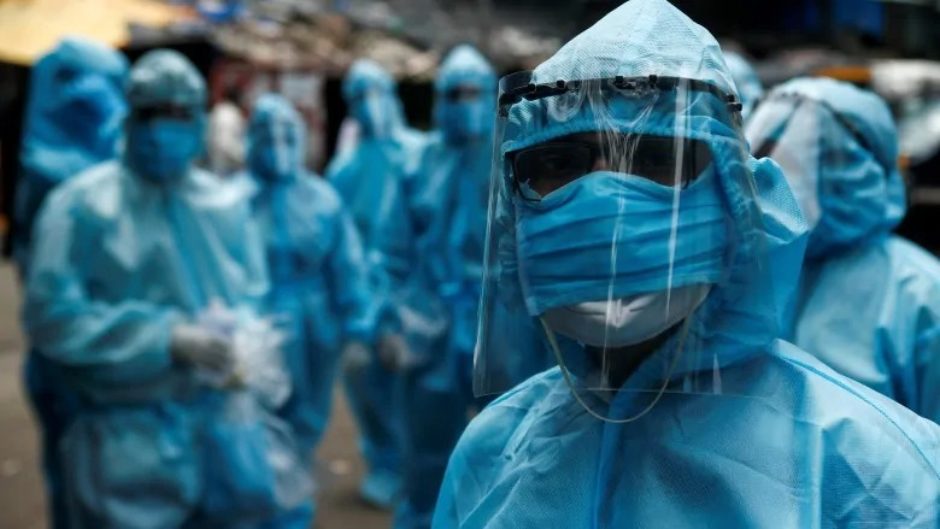Table of Content
Always be mindful on what you are coming into contact with at work. If you had a work day where you took care of 4 contact isolation patients, you probably want to definitely practice some of my tips above. Remove them immediately when you get home and put them in a separate laundry bin so your other clothes don’t become contaminated.
Avoid touching your N95 respirator, facemask, eye goggles, and face shield if wearing during extended use. I never have taken special precautions, and typically get sick 1-2 times a year, not really any different than before I was a nurse. Obviously yes, but your hands aren't the only thing that come in contact with patients and yucky things. These are the areas that can harbor germs — and the best way to disinfect them according to experts. Pets can also bring germs and bacteria in your home, especially if they go outside.
More Articles
The fingernails are always where they miss the most, even in adults too,” Sexton says. “In essence, if you are cleaning on a regular basis because you are concerned about microbes in the kitchen or bathroom, that’s a good thing. I agree about what people are saying about when these patients are D/Ced and the world- gas pumps are one the worst. I actually carry hand gel in the car and in my purse and I use the gel after pumping gas. Joe GraedonJoe Graedon is a pharmacologist who has dedicated his career to making drug information understandable to consumers. His best-selling book, The People’s Pharmacy, was published in 1976 and led to a syndicated newspaper column, syndicated public radio show and web site.

The CDC has estimated that there are 722,000 HAIs in the United States each year. The Centers for Disease Control and Prevention calculates that 75,000 people die each year from such infections. You might think the bathroom is the germiest room at home, but it’s not.
Common items that Transport Germs Home & How you can Prevent it
They help us digest food and give us amino acids we need to survive. They help prevent the bad germs from getting a foothold and causing an illness,” he explained. However, if you have children who crawl or play on the floor or if you are on the floor, Sexton says consider taking off your shoes. However, he notes that one study he worked on found fecal coliforms, indicators that there are feces on shoes, and E. Since your shoes usually don’t touch surfaces that you sit or lay on, Sexton says taking them off in the home isn’t crucial. Most microbes cannot live very long outside the human body.

The U.S. Environmental Protection Agency has developed a list of products suitable for use against COVID-19. Some health care workers have sent their children and families to stay with friends or grandparents rather than risk exposing them to the coronavirus. I don't always change shoes, but I do put them away in the closet when I come home.
Should You Change Clothes When You Get Home to Get Rid of Germs?
If you have not been fit tested for an N95 respirator, your organization or infection control department must provide “just-in-time” fit testing to ensure the N95 respirator is worn properly. Contact your facility’s occupational health department or infection control personnel for your organization’s fit testing requirements. The first thing I do when I come home is take a shower. I keep my scrubs separately from my other dirty clothes. I know a lot of people who do the same thing I do.
Not every health crisis over the course of a nurse's career will be as intense as the coronavirus pandemic. In fact, one would hope very few scenarios will be this dangerous. In these circumstances, however, nurses may have to go to extreme lengths to prevent transmitting the disease to family members. Some nurses are even living away from home — either in a hotel or with a colleague.
Share your own thoughts below.
Residential washing machines simply do not get hot enough. This caution must also extend to the safety of their loved ones. Just one misstep could have grave consequences for an entire household. This is especially true in homes with one or more immunocompromised family members.

The nurses were given clean scrubs at the beginning of each 12-hour shift in the intensive care unit . Bacteria showed up most frequently on pockets and sleeves. Nurses picked up these dangerous germs from patients or the rooms themselves, even though the rooms were cleaned every day. Having healthcare uniforms professionally laundered by certified facilities also guarantees that they are returned free of contaminants. Clean uniforms come into the hospital, reducing the chances of workers bringing germs with them at the start of their shifts.
Dr. Semmelweis did not know the reason why his recommendation was so successful, but he realized immediately that it could save lives. There is a name for things that harbor bacteria, viruses, fungi and other infectious organisms. They include cell phones, pagers, watches, stethoscopes, pens, badges, blood pressure cuffs, computer keyboards, bed rails, TV remote controls, door knobs and portable hospital equipment.
A sore knee worried her because she did not want to be slowed down by arthritis. Well in advance of the trip she arranged for knee replacement surgery. She entered the hospital in excellent health, except for the arthritis in one knee. The surgery went very well and she was optimistic about her recovery until a C. By the fourth day over half of rooms cultured positive for hospital germs such as vancomycin-resistant enterococci, C. MRSA started showing up in patients’ rooms within the first day of hospitalization.


No comments:
Post a Comment